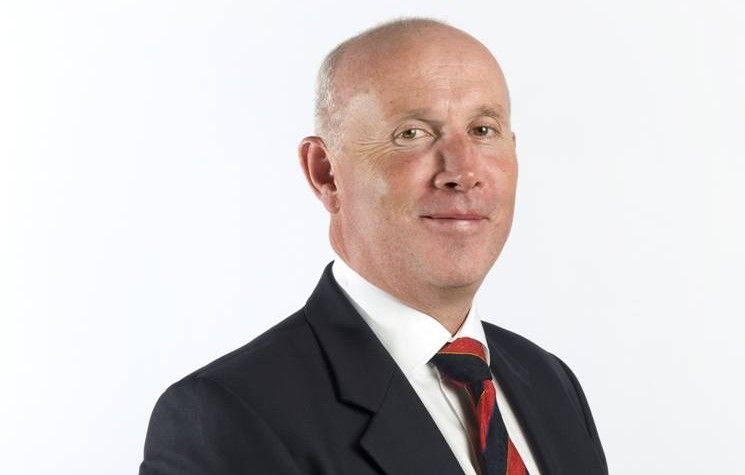Recent Upgrades Confirm Amara’s Yaoure Project As The Largest Gold Development Resource In West Africa

By Alastair Ford
For investors battered by the sustained negativity towards junior mining, the headlines around Amara Mining’s Yaoure gold project in Cote D’Ivoire make for comforting reading. The latest upgrade has delivered a 63 per cent increase in the indicated resource, and takes the total resource base at Yaoure to 6.8 million ounces. Combined with other West Afican projests that takes Amara’s total resource base to just shy of 10 million ounces, the largest resource base of any junior gold miner listed in London.
Of course, it would be nicer if gold was on an upward trend, rather that the recent holding pattern it’s been in at around US$1,200. But on the whole, proving up more gold and with more certainty can’t be bad.
Except that that’s not the whole picture. “The big thing”, says executive chairman John McGloin, “is that we are moving Yaoure along the path to pre-feasibility”. This process of adding ounces and improving the categorisation of those ounces isn’t just an exercise in arm-waving about size. It’s also a key step in proving the economic viability of Yaoure.
John himself has been confident about the viability of Yaoure ever since he joined Amara a couple of years ago. Back then he switched the focus of the company away from a project in Sierra Leone almost immediately and onto Yaoure. And ever since then he’s been working to deliver the studies and the data to prove his confidence justified.
“Demonstrating ounces in the indicated category lowers the risk”, he says. “It’s the classic path. The highest risk case is moose pasture, then you generate a target, but it’s not really until you put the drills to work that you’ve got anything of value. And an indicated resource should be the real marker of that as the relationship of the grade between one hole and the next becomes so well defined that you can hang something realistic together.”
What shape that will take will become clear soon enough, as the company remains on track to release details of the pre-feasibility study for Yaoure in March.
“What we’re hoping to do then is at least meet what we saw in the PEA”, says John. “We want to demonstrate that we get the returns at US$1,100 gold and a breakeven at lower than US$800. The projects that are robust are the ones that you can finance if the gold price stays where it is or gets a little bit worse. But with the life of mine of a project such as this we’re going to see the whole cycle.”
It’s with that in mind that Amara continues to present two pit shell scenarios to the market, one at US$800 and one at US$950 gold. The US$950 pit shell contains 3.1 million ounces in the indicated category, while the US$800 shell contains 2.6 million ounces, so even with considerable further erosion in the gold price, there’s plenty of economic headroom.
The PEA envisaged a 12 year project producing at the rate of 325,000 ounces per year at an all-in sustaining cost of just US$691 per ounce. If the pre-feasibility study can match or improve on that, working around the upgraded resource, then should be clear to all that Yaoure has legs.
At least that’s the idea. Markets have been tough for a few years now as far as the junior golds are concerned, something that John doesn’t shy away from. “We’ve just got to keep on keeping on”, he says.
So far, he’s managed to do a pretty good job of keeping Amara in the running, and what happens next will be interesting. Between now and the pre-feasibility study, it’s likely that there’ll be an update on metallurgical, communition and reagent processing testwork. If that comes out positive it’ll be another tick in the box.
Whether there’ll be another fundraising too before March remains moot. John’s a canny operator and he will know that an unfunded company putting out a pre-feasibility study is likely to meet with a fairly muted reception, to say the least. So it wouldn’t be a surprise if he forestalled that outcome with a raise beforehand. Amara will be out in force at February’s GMP conference in Cape Town this year, and now doubt we’ll get more of a feel for how things are going then.

Comments (0)